|
Celebrating 34 years providing high quality products and advice.
|
| Our Local Time Is 4:04:43 AM. |
| Call us at 818-786-0600. We are here to help! |
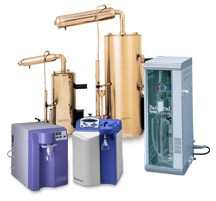 |
Need a New Laboratory Water System?
We have many to choose from. We can save you thousands on
Complete Systems and replacement filters for most brands. |
Water As A Cleaning Agent
Waters ability to hold heat is used in transferring heat energy produced by combustion or nuclear reactions in order to turn turbines that produce electrical energy is a widely used employment of water. Another common use of water in industry is that of a cleaning agent as it has remarkable powers when ultra clean surfaces are a requirement.
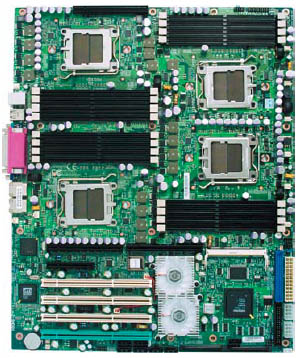 |
When transistors were being developed years ago researchers and manufacturers learned that the best way to clean transistors was to rinse them in hot ultrapure water. They discovered that if this was not done that organic matter would deposit on semi conductor material thus changing the electrical characteristics of devices and causing failure of these devices. As time has gone on electronics have progressed from transistors to what we call microelectronics. These microelectronics rinse water purity requirements are even more strict often meeting or exceeding the resistance measures to that of pharmaceutical manufacturers hospital laboratories and research centers. |
Water Purity Requirements for Semiconductor Manufacture
| Contaminant |
Requirement |
| Total Solids ppb |
30 |
| Specific Resistance at 25oC |
15 megohm cm |
| Organic Material ppm |
1.0 |
| Oxygen ppm |
0.2 |
| Organisms |
8 per ml. |
| Sterilization and distillation are used together in treating water for semiconductor manufacture. The process begins with distillation. The sterilization process is complete with any of the following processes implemented after the water is distilled;heating with heat exchangers ultraviolet germicidal lamps or treating the equipment with a hypochlorite or formalin solution. The water product is then is either used right away or to avoid contamination stored or it can be recycled through a mixed bed ion exchanger and submicron filters. |
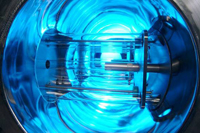 |
When manufacturing microwave tubes the tubes are also subjected to cleansing by ultrapure water. For example all rinse water used in a plating shop around 10,000 gallons a day is softened filtered and deionized. Any amount of small contaminants can degrade tube performance. As a result all the parts that are cleaned electropolished etched plated or electroformed go through a three stage rinse in deionized water. of the three rinses the first is a room temperature rinse followed by two rinses at about 200oF with each one lasting about 30 seconds. A solubility bridge is set a 1 ppm and is used to monitor the levels in the third rinse. Should the chloride level rise rinsing operations are halted until the water purity level is restored.
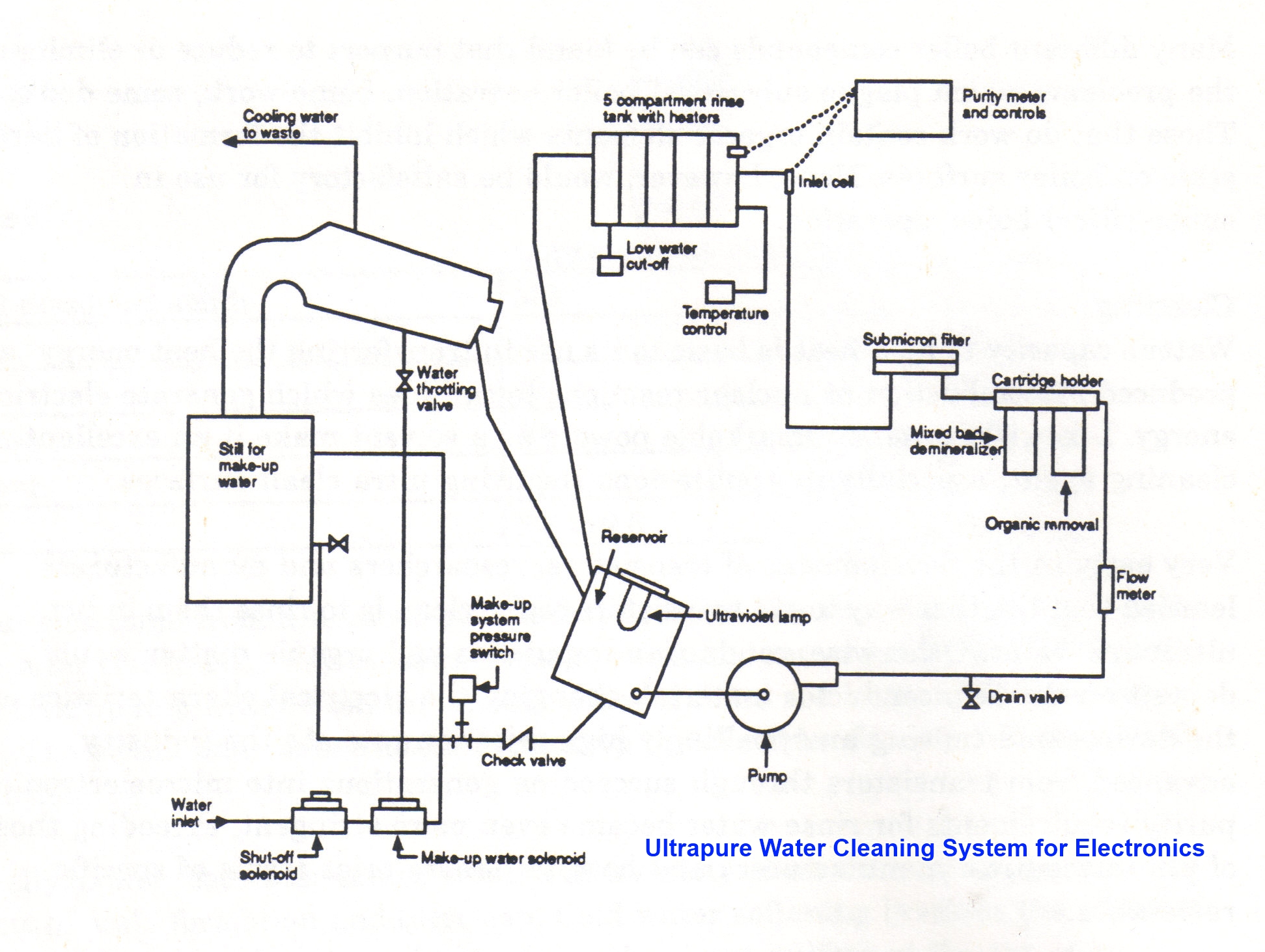 |
Iron Steel and to some extent aluminum receive phosphate coatings in order to prepare them for being painted waxed or lubricated for drawing. The phosphate coating needs to be firmly bonded to the base metal in order to perform properly. As a result the suface metal must go through a multi step cleaning process beforehand. This may include brushing to remove loose scale pickling and rinsing. For the phosphatizing reaction deionized water is often used in this process. |
Dip Brazing has been used for years to join aluminum parts although not the most reliable process. But new processes in and techniques appear to be overcoming major difficulties that dip brazing has experienced over the years.
Using newer methods the aluminum parts being joined are first etched positioned in a jig and then lightly tack welded. Once the assembly is clean and a filler wire glue is placed in the joint with a paste of aluminum silicon eutectic and distilled water. Then the assembly is heated in an oven. When removed it is immediately lowered into a hot 110oF flux bath containing of aluminum flouride and lithium chloride eutectic. After 5 minutes the assembly is removed from the flux bath and drained. It then goes to boiling water rinsed in tap water and then washed in deionized water. To test the assembly deionized water is poured onto the seal and let stand for four minutes. Once it passes this stage it is tested with a silver nitrate solution for flux residue.
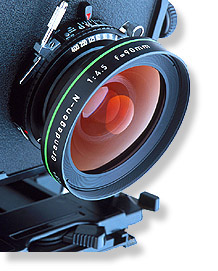 |
Water is also used on optical elements such as lenses for cameras telescopes and binoculars. Items such as these are cleaned in deionized water before the applicatoin of adhesives and reflective coatings designed to reduce glare. |
| |
|
|





